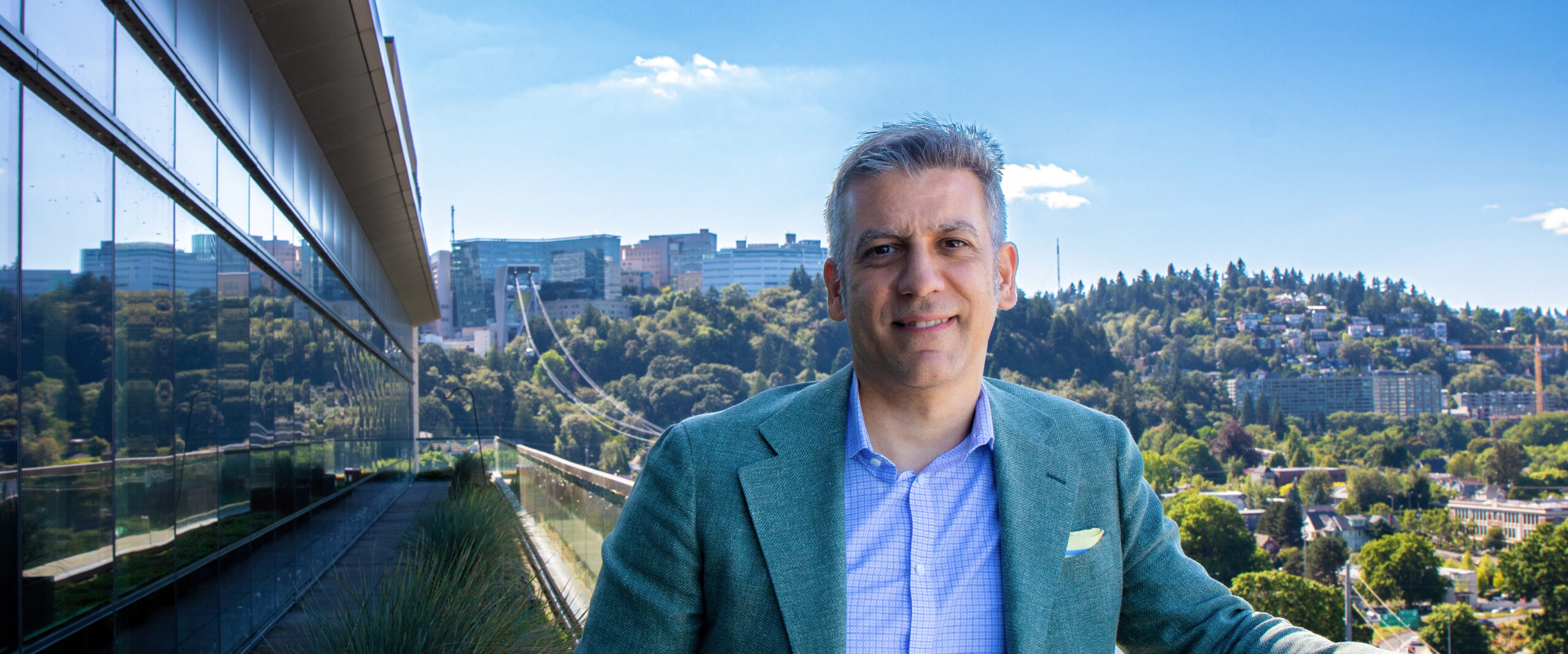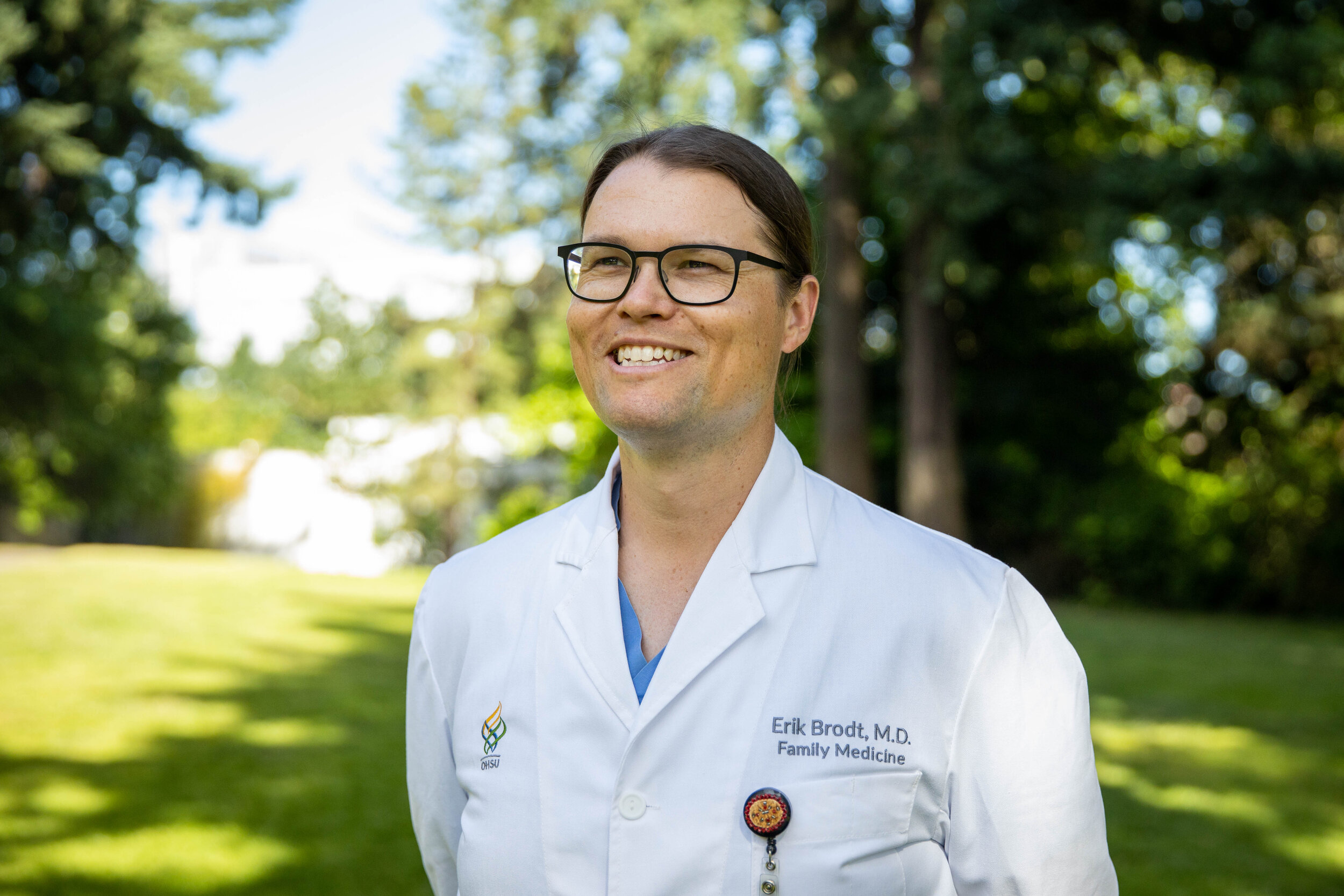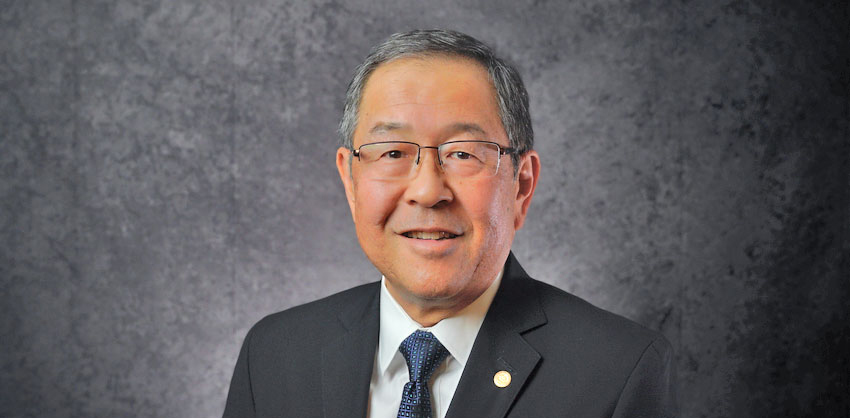OHSU’s Executive Vice President and Provost Marie Chisholm-Burns, Pharm.D., Ph.D., M.P.H., M.B.A., FCCP, FASHP, FAST, FACHE, is building new bridges for education access and student success.
Chisholm-Burns believes education is the gateway to the future. Her impressive, multidisciplinary resume as a scholar, leader, Doctor of Pharmacy, teacher, author and M.B.A., sheds light on her comprehensive approach to connecting students, community and academic institutions at OHSU’s health professional schools to educate learners for the world of tomorrow. As she begins her second year as executive vice president and provost of OHSU, we had the chance to catch up with her and talk student success.
You talk a lot about access as a key predictor of success. What does that mean to you in the context of OHSU?
It all starts with access. Access can look different depending on the unique needs of the individual learner, so we are hard at work to maintain and increase initiatives like pathway programs, financial aid and student support and wellbeing.
First, we need to start as early as elementary school and certainly in middle school, high school and undergraduate to talk with students and get them interested, involved, and excited about the possibility of becoming a health care professional. But it’s not just about getting them interested in becoming a health care provider — we must also help students to navigate their education and life challenges, so they are prepared and competitive and eventually get into a health professional school, hopefully at OHSU. We must be their mentors and sponsors.
Once they get into OHSU, it is important we expose them to high-quality education, which we are doing. In terms of success, we must think about other things, too: the community, the environment, wellness, support, resources, individual factors and the interactions of these components, which ultimately determine the success of our learners.
When I think about student success and access, my vision involves interconnected programs that help learners from all environments to find their footing and thrive at OHSU.
How is OHSU planning strategically to increase student access?
Last year we announced OHSU 30-30-30. This plan will grow the rate of select health care program graduates by at least 30% and increase learner diversity to at least 30% by the year 2030.
How does OHSU plan to achieve 30-30-30?
We’ve initiated a campus-wide spanning approach, and it includes over 35 projects to support achieving OHSU 30-30-30. For example, we’re looking at pathway programs like On Track and Wy’East to support students as they navigate OHSU. We’re focused on student recruitment and retention through scholarships, our Academic Success Center, CARE (Campus Assessment Response and Education) Program, support for faculty and staff, support for student clinical placement, facility improvements, support for infrastructure, and an investment in the Office of Institutional Research and Effectiveness to measure our success.
How can OHSU alumni and donors support student success?
Our students are the future of our workforce. One of the most important and meaningful ways we can show up for student success is by contributing to OHSU scholarship funds.
The cost of education is recognized as a major barrier to completing a health professions education program, particularly among underrepresented students. Scholarships are recommended as a key strategy to overcoming the cost barrier and are excellent tools in ensuring students have what they need to pay tuition and have their basic needs met while they’re becoming the health care professionals the world needs most.
Beyond meeting basic needs, scholarships have been shown to improve persistence and completion of degree programs.




